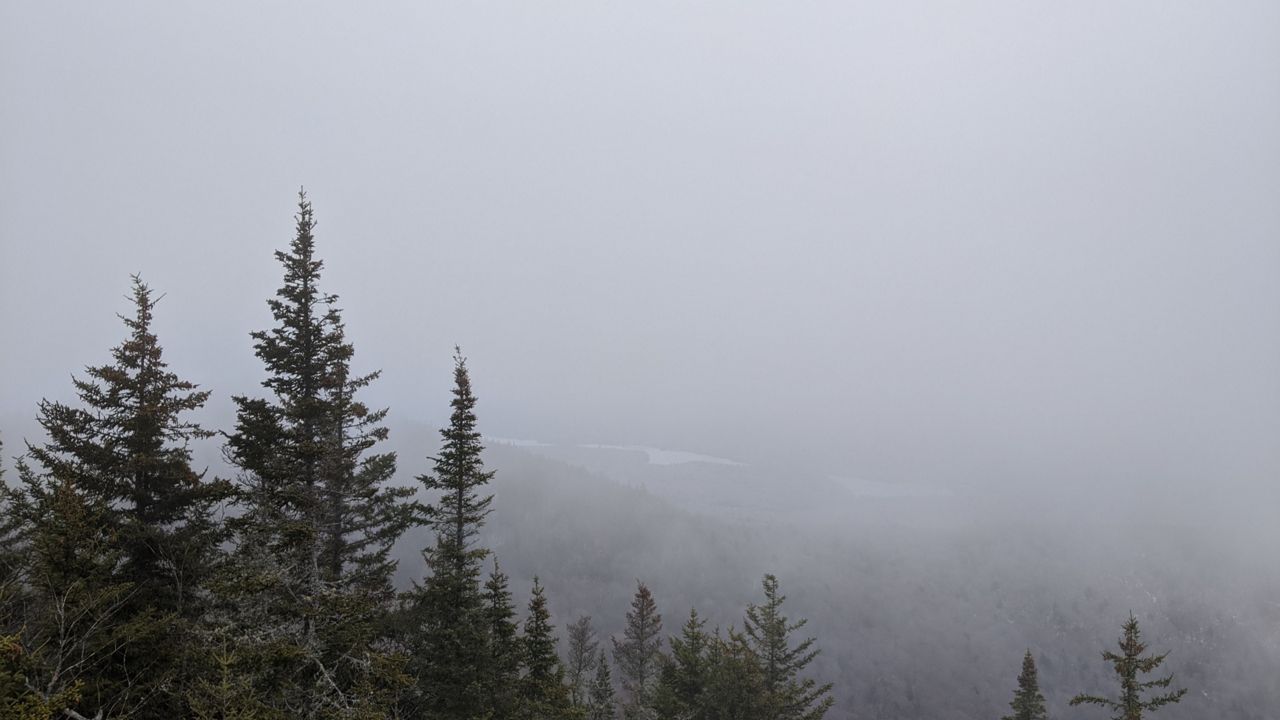Since we live on a planet that is about 70% covered by oceans, it seems to me that there should be no shortage of water, for drinking, or for irrigation. However, we know this is not the case!
I thought about writing this blog because I have always had an interest in desalination. Desalination, in general, is the process of taking salt and other minerals out of ocean water for the purpose of drinking and irrigation.
Recently, I started thinking about desalination, but in a different way, the natural way.
Desalination by humans in a desalination plant has many negative impacts on the planet and is costly, perhaps a good topic for another blog?
So, I got to thinking about a natural desalination process when I was at home with my wife and she asked me if it was raining. I laughed and said no, unless my forecast was way off (which is a definite possibility lol).
The picture below is of water droplets collected on our window screen. It sure does look like raindrops!
I had to walk outside to actually check to see if there were actual raindrops or if the ground was wet from a passing rain shower. There weren't any, and it wasn't wet outside. However, our front window screens were drenched with visible water droplets.
That sparked a memory of something I learned in one of my meteorology classes back when I was in college "fog catching". This is the process of using large nets to "catch" fog or cloud droplets. If you catch enough water droplets, you can actually get the water to flow.
Anyway, we learned about small villages in South America and other parts of the world that used this technique to get drinking water and water for irrigation.
These villages were remote, poor, and cut off from the water lines closer to the cities. I thought, "wow, what a great way to survive in these villages where water was scarce."
Back to my story, it was very foggy outside. Our front window faces the ocean, and our back window faces the opposite direction, so we had a constant airflow cross-ventilating our apartment for several hours that day. Water droplets were forming on the window screen!
With climate change, many locations on this planet are experiencing droughts that are more frequent and last longer. Places that used to see several rain storms a year are seeing fewer and fewer storms.
Bodies of fresh water are shrinking. This is what is happening in Southern California, too. We're finding longer droughts and a storm track moving farther and farther north.
I had another "wow" moment and thought this would be a great way to make money. So I went to YouTube and started watching videos about this process. There are a few companies already doing this, mostly nonprofits.
There are several locations around the world that are suitable for "fog catching". In general, you need a cold body of water or cold ocean current, an anticyclone (high pressure), and an obstacle (mountain or hill) downwind from the cold water source.
Fog forms when a warm, moist air mass travels over a cold surface (cold ocean current). The warm air mass cools and can no longer hold the water vapor that the previously warm air mass could hold.
The water vapor condenses and forms cloud droplets. By the way, fog is just a name for a cloud that touches the ground.
Mountains also force the moisture-rich air upward. As the air moves up, it cools and condenses to form more cloud droplets.
You need gentle breezes because too strong of winds will tear apart the fog-catching nets.
High pressure pushes down on the air mass which keeps the clouds close to the ground where nets can be set up to catch the tiny cloud droplets. It also keeps an air mass stable, which prevents clouds from growing tall enough where they can turn into storms.
High-tech systems use a honeycomb net that catches the fog droplets. Gravity brings the droplets into a tube where it is collected. Below is an image of a fog catching system.
Under optimal conditions, the "CloudFisher" (a German fog collector company working in Morocco) can harvest up to 9,510 gallons of water a day for 800 residents.
Back to economics, this sounds like a great investment, right?
Well, not really. Most places that need these fog catching nets are in poor, rural areas. These people don't have any money, so there is no return on the investment. Most of these fog harvesting nets are made possible because of donations and nonprofits.



